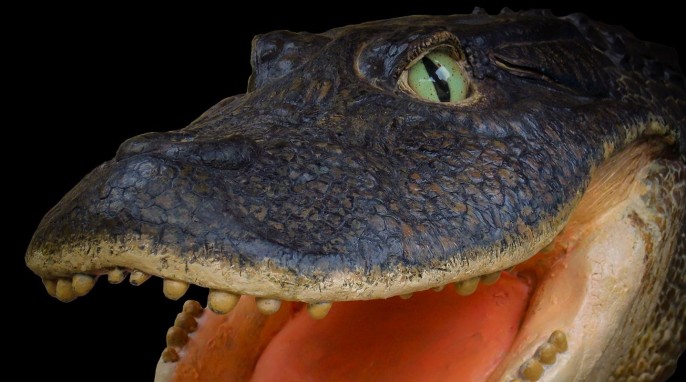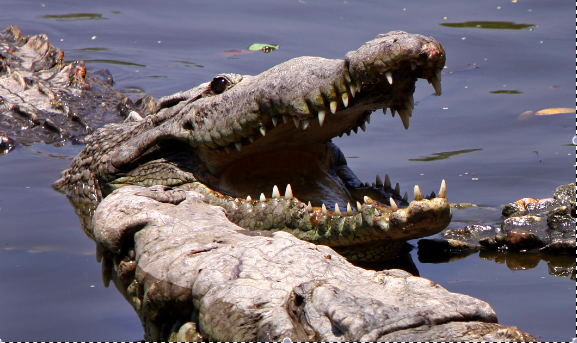Prehistoric Crocodiles Ruled Ancient Peru
Today, the Amazon River basin is well known for its biodiversity, but the area also has a long history of abundant life. Thanks to an international team of researchers, we now know that thirteen million years ago at least seven different species of prehistoric crocodile hunted in the swampy waters of what is now northeastern Peru. Evidence of this hyperdiverse group of crocs was found in Amazon bone beds, and it shows the largest number of prehistoric crocodile species co-existing in one place at any time in Earth’s history. This…
Read More

